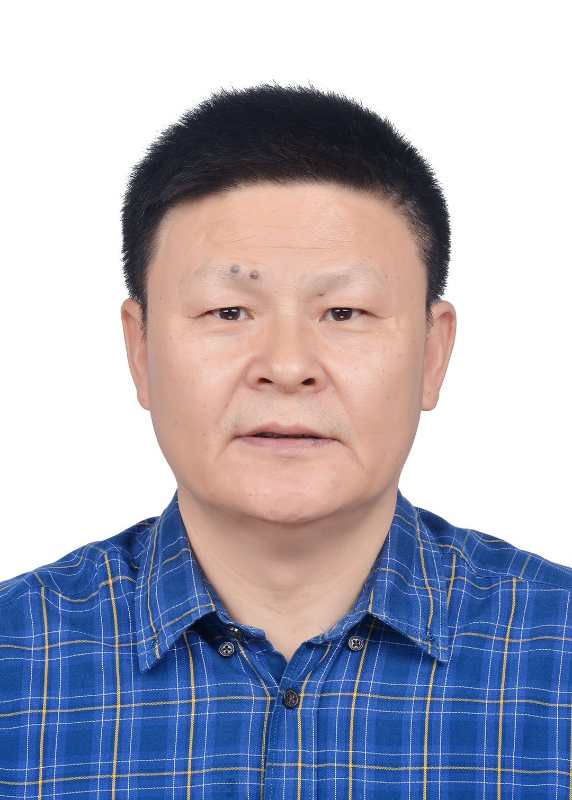羊向东
 |
羊向东 男,1964年生,研究员,博士生导师 电 话:025-86882149 E-mail:xdyang@niglas.ac.cn 传 真:025-57714759 | ||
中国科学院大学个人主页:http://people.ucas.ac.cn/~yangxd
研究领域及方向:第四纪湖泊环境演化、古湖沼学、湖泊生态系统演化
简历:
羊向东:男,1964年生,江苏靖江人。1987年、1990年分别获得南京大学古生物学学士、同济大学孢粉和硅藻学硕士学位;2004年获得中国科学院南京地理与湖泊研究所自然地理学博士学位;2005年起任中国科学院南京地理与湖泊研究所研究员。2009-2019年担任中科院南京地理与湖泊研究所湖泊沉积与环境演化研究室主任。2010-2015年先后出访奥地利、丹麦、瑞典、英国等国家开展相关国际合作研究。2006年获国际自然科学奖二等奖1项(排名第五)、2019年获江苏省科技进步奖一等奖1项(排名第二);2014年获中国科学院优秀教师奖;2017年获朱李月华优秀教师奖。 在湖泊硅藻数据库研究和环境要素定量重建、西南古季风气候演化、高山湖泊和长江中下游湖泊古生态、湖泊生态系统突变等方面取得了重要的研究进展。发展了包括沉积硅藻、摇蚊、枝角类、色素等多种湖泊古生态指标的实验分析手段;发展了多种生物指标-环境要素转换函数手段,建立了重建过去湖泊盐度、温度、总磷和水位的多种定量模型;首次估算了长江中下游地区浅水湖泊的总磷营养本底值和碳储量,提出长江中下游湖泊本底值在50μg/L左右,揭示了过去150年来研究区湖泊碳埋藏速率时空差异,有机碳埋藏量达80×1012g;综合揭示了近百年来长江中下游浅水湖泊生态转变的过程和特征;揭示了西南季风区深水湖泊(泸沽湖)末次盛冰期以来的生态环境演化的动力学机制;首次探讨了西南山地多个树线高山湖泊(月亮湖、吉人湖、沙德错等)近百年来的藻类群落结构变化与区域温度和大气活性氮沉降的关系。主持国家自然科学基金、国家自然科学基金重点项目、国家重点研发计划项目课题、中科院知识创新工程重要方向项目等十余项科研项目;发表第一/通讯作者SCI论文150余篇,多次受邀在国际、国内重要学术会议中做主题报告和特邀报告。担任第23届国际硅藻学会执行委员、中国海洋与湖沼学会理事、江苏省古生物学会理事;作为客座编辑在Journal of Paleolimnology (2020年)期刊组织出版湖泊古生态系列专栏;作为会议组织人,申请并成功举办了第23届国际硅藻会议。
代表性论著:
1. Wang Q.,Yang X. D.*, Anderson N. J., Zhang E., & Li Y. 2014. Diatom response to climate forcing of a deep, alpine lake (Lugu Hu, Yunnan, SW China) during the Last Glacial Maximum and its implications for understanding regional monsoon variability. Quaternary Science Reviews, 86: 1-12. 2. Wang Q., Anderson N. J.,Yang X. D., Xu M. 2020. Interactions between climate change and early agriculture in SW China and their effect on lake ecosystem functioning at centennial timescales over the last 2000 years. Quaternary Science Reviews, 86: 1-12. 3. Zhang Q. H., Dong X. H.,Yang X. D.*, Vad Odgaard B., Jeppesen E. 2018. Hydrologic and anthropogenic influences on aquatic macrophyte development in a large, shallow lake in China. Freshwater Biology, 64(4): 799-812. 4. Ge Y. W., Zhang K.,Yang X. D.* 2019. A 110-year pollen record of land use and land cover changes in an anthropogenic watershed landscape, eastern China: Understanding past human-environment interactions. Science of the Total Environment, 650: 2906-2918. 5. Wang R., Dearing J. A., Doncaster C. P.,Yang X. D., Zhang E. L., Langdon P. G., Yang H., Dong X. H., Hu Z. J., Xu M., Zhao Y. J., Shen J. 2019. Network parameters quantify loss of assemblage structure in human‐impacted lake ecosystems. Global Change Biology, 25: 3871-3882. 6. Dong X., Anderson N. J.,Yang X. D. *, Chen X., Shen J. 2012. Carbon burial by shallow lakes on the Yangtze floodplain and its relevance to regional carbon sequestration. Global Change Biology, 18(7): 2205-2217. 7. Wang R.,Yang X. D.*, Langdon P., Zhang E. 2011. Limnological responses to warming on the Xizang Plateau, Tibet, over the past 200 years. Journal of Paleolimnology, 45(2): 257-271. 8. Chen X.,Yang X. D.*, Dong X., Liu Q. 2011. Nutrient dynamics linked to hydrological condition and anthropogenic nutrient loading in Chaohu Lake (southeast China). Hydrobiologia, 661(1): 223-234. 9. Liu Q.,Yang X. D.*, Anderson N. J, Liu E., Dong X. 2011.Diatom ecological response to altered hydrological forcing of a shallow lake on the Yangtze floodplain, SE China. Ecohydrology, 5: 316–325. 10.Yang X. D.*, Anderson N.J, Dong X., Shen J. 2008. Surface sediment diatom assemblages and epilimnetic total phosphorus in large, shallow lakes of the Yangtze floodplain: their relationships and implications for assessing long-term eutrophication. Freshwater Biology, 53, 1273-1290. 11. Wang R., Dearing A., Langdon P.G, Zhang E.,Yang X. D., Dakos V., Scheffer M. 2012. Flickering gives early warning signals of a critical transition to a eutrophic lake state. Nature, 492: 419-422. 12. Dearing J.A.,Yang X. D., Dong X., Zhang E., Chen X., Langdon P.G., Zhang K., Zhang W., Dawson T.P. 2012. Extending the timescale and range of ecosystem services through paleoenvironmental analyses, exemplified in the lower Yangtze basin. Proceedings of The National Academy of Sciences of The United States of America, 2012, 109(18): E1111-E1120. 13. Hu Z. J., Anderson N. J.,Yang X. D., McGowan S. 2014. Catchment-mediated atmospheric nitrogen deposition drives ecological change in two alpine lakes in SE Tibet. Global Change Biology, 20(5): 1614-1628. 14. Hu Z. J.,Yang X. D., Anderson N. J., Li Y. L. 2017. The Landscape–Atmosphere Continuum Determines Ecological Change in Alpine Lakes of SE Tibet. Ecosystems, 21: 839-851.

